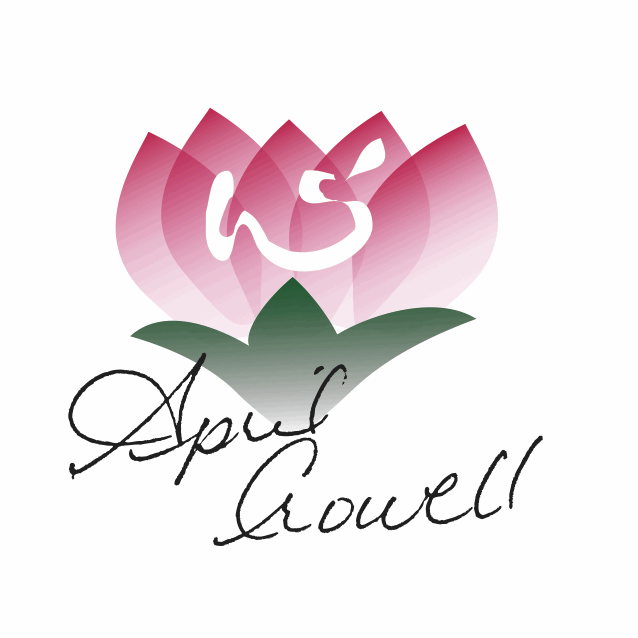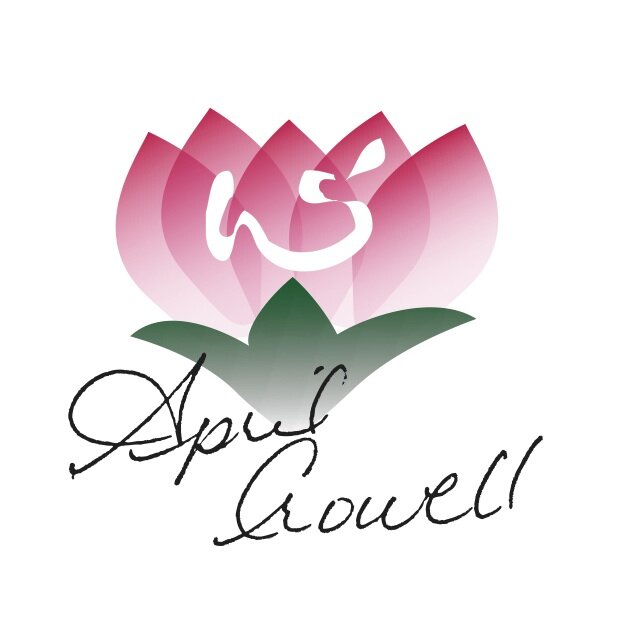Rhubarb–Spring’s Clearing And Cooling Vegetable
Grandma June had a monstrous rhubarb plant that covered the edge of pathway leading to berry patches. Every Spring we harvested the stalks for strawberry rhubarb pie, jellies, jams or to freezing them later use – inevitably a few of the stocks were lost to sword play.
My own rhubarb plant was several inches tall by the first part of March! I have to admit, I’m excited for the first chance to enjoy its sharp bite, of this often overlooked, wonderful Spring food. By Summer it dies back and then returns to help us with our Autumn house cleaning. Often called the pie plant, it’s one of the easiest perennials to grow and will live for…heck…generations.
Rhubarb (rheum rhapontic) has a long medicinal history. Its use spans Ayurvedic and Asian medicine to Galenic and Islamic medicinal traditions. Indeed, this powerful little purgative (meaning it moves the bowels) is not an herb that is likely to disappear. Today, rhubarb’s rhizome (root) or Da Huang (big yellow) is still used extensively in classical and newer Asian formulas to move the bowels and release excess heat and damp conditions in the Liver. For more than 2 decades, Germany has used the dried root for treating menopausal symptoms with great success. You will find in formulas such a as Estroven. However, for this blog I am focusing on the stalk or stem of the rhubarb plant as a vegetable with some magnificent healing benefits.
A bit about rhubarb
Though rhubarb’s broad leaves are toxic, the stems offer a surprising array of vitamins and minerals. Varying in color from deep red, pink, white to green, the stems have a similar shape to celery stalks, and like celery, rhubarb is a vegetable though it ends up in many desserts, sauces, compotes, jams and jellies.
Let’s take a closer look at what rhubarb has to offer besides a very tart flavor.
Calcium — Rhubarb boasts about 30-35% of the RDA based on a 2,000 calorie diet. It is also loaded with silicon an important component in the absorption of calcium making it wonderful for your bones, teeth and heart without building up a bunch of phlegm which can happen if you try to get all your calcium from dairy.
Vitamin K, A, C & E — Vitamin K is essential to helping blood clot and aids your body in the absorption of vitamin D and many other nutrients. Rhubarb rocks nearly 60% of your RDA of K in a single cup. It also sports a healthy amount of vitamins A, C and E – the antioxidants that clear the body of disease and free radicals. Sounds kind of Liver oriented, doesn’t it Asian medicine practitioners?
The B-Vitamins — Small amounts of the B’s are present in rhubarb, but it’s enough to take note. B’s found in rhubarb include: thiamine, riboflavin and folate, niacin, vitamin B6 and pantothenic acid.
Other nutrients and trace minerals — A single cup of rhubarb provides small amounts of magnesium which plays a role in utilizing calcium, vitamin D and potassium. Potassium in rhubarb helps to balance out fluid and minerals–out with gout. And the phosphorus helps to keep teeth and bones strong. Rhubarb offers some iron, supporting blood health. And trace amounts of copper, selenium, manganese and zinc appear as well.
Now that we’ve fractionalized the poor rhubarb. Let’s look at it from a whole, Asian energetic perspective.
Rhubarb’s energetics — Cold energetically, it drains downward and removes excess heat and damp from the Liver, Stomach, Heart and Intestines and promotes bowel movements. The sour flavor specifically enters the Liver, moving out congestion and dampness. Shall I simplify?
Heat in the Liver — What this looks like is Liver Qi stagnation, anger, frustration, digestive stagnation, pms, ringing in the ears. Patterns like Hep C, mono and high cholesterol are damp heat in the Liver and Gallbladder.
Heat in the Stomach — We see burning sensation in the stomach, acid reflux, GERD, bleeding gums, excessive thirst and bad breath. This can also be a component in constipation caused by heat. Yep, there is more than one pattern that can cause constipation.
Heat in the Heart — Anxiety, palpitations, nervousness, thirst, anxious and excessive speech and dream disturbed sleep. You might actually have a burning sensation on the very tip of your tongue. And the tip of the tongue will be red and dry.
Heat in the Intestines — Heat anywhere will dry up the fluids in the system, creating Yin deficiency (deficiency of fluids), making you thirsty. With lack of fluids in the intestines the body cannot properly move the bowels aka, constipation.
Heat from radiation and chemo — Both radiation treatment and chemotherapy, greatly deplete Yin in the body and create areas of heat. If you’ve ever seen someone who is undergoing radiation, you know how very vicious these burns can be. I often recommend clients undergoing radiation and chemo to use a bit of rhubarb to help counter the heat. Use with caution though, as bodies undergoing such treatment often have greater digestive sensitivities–and rhubarb is very downward draining.
Rhubarb’s estrogenic nature — The extract of the root is particularly beneficial in the treatment of estrogen deficiency patterns of menopause. Though not as rich and concentrated, eating the stem will have a subtler influence on women’s estrogen balance as well.
Wonderful — Put this all together and rhubarb is a fantastic food to help purge out excess heat from the system, especially if you indulge in too many animal proteins which are hot! Great for spring cleaning. But before you go noshing on your plant, there are a few contraindications.
A note of caution — Rhubarb is a laxative, avoid use if you are nursing, have diarrhea, loose stools, or are very deficient. Use cautiously if you have cold patterns.
Ways to use rhubarb
Stew it — Just cut and clean it, toss into a pan with just enough water to cover. Add a little syrup for sweetness if desired, stew until the stocks are soft. Serve over hot grain cereal or ice cream.
Make a compote or jelly — Add it to other fruits and veggies to make a compote. It cans beautifully.
Add to pies and crisps — Simply wonderful with strawberries, raspberries and apples.
Store it for later — Rhubarb cans and freezes beautifully.
Be well,
April







